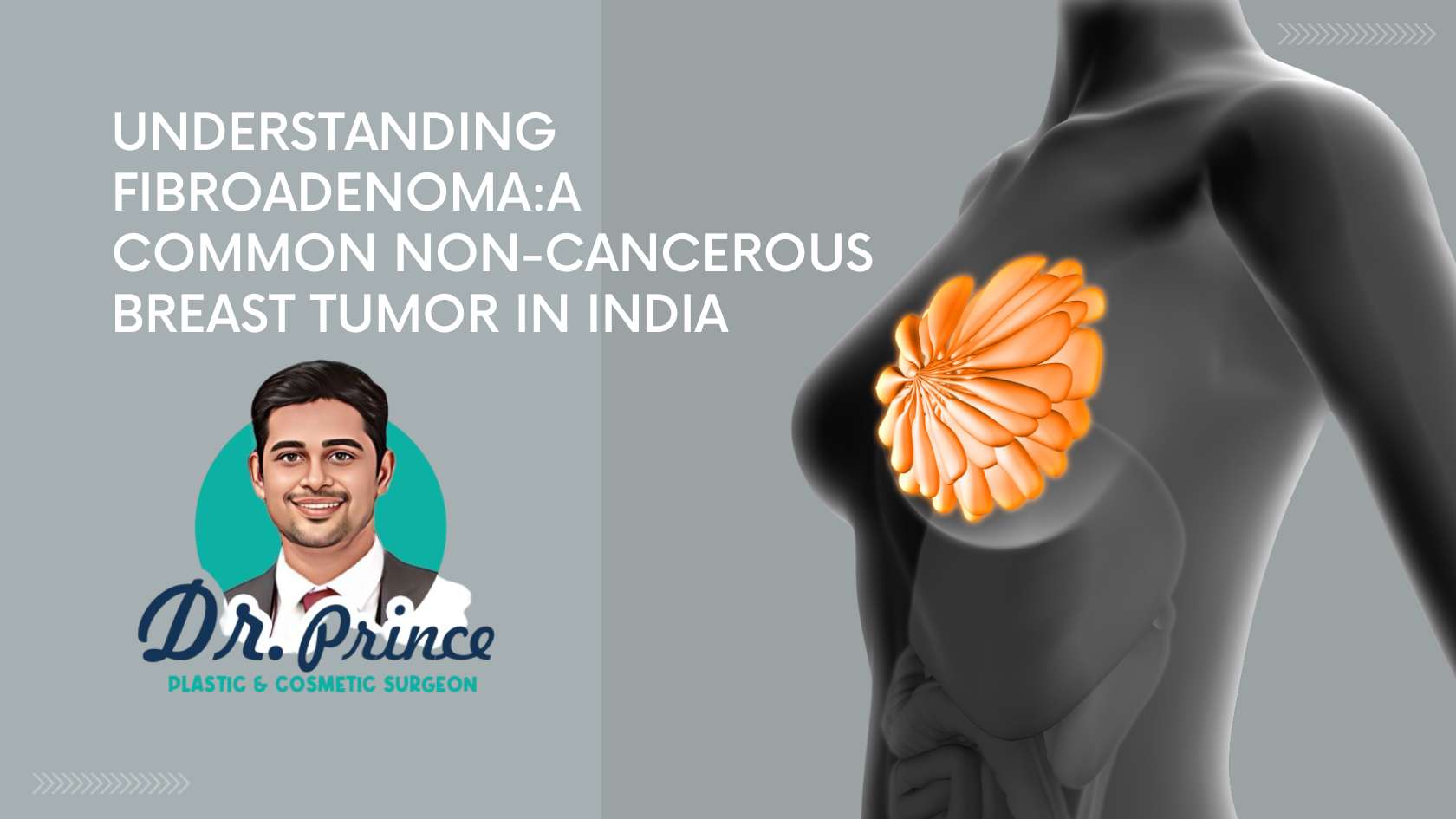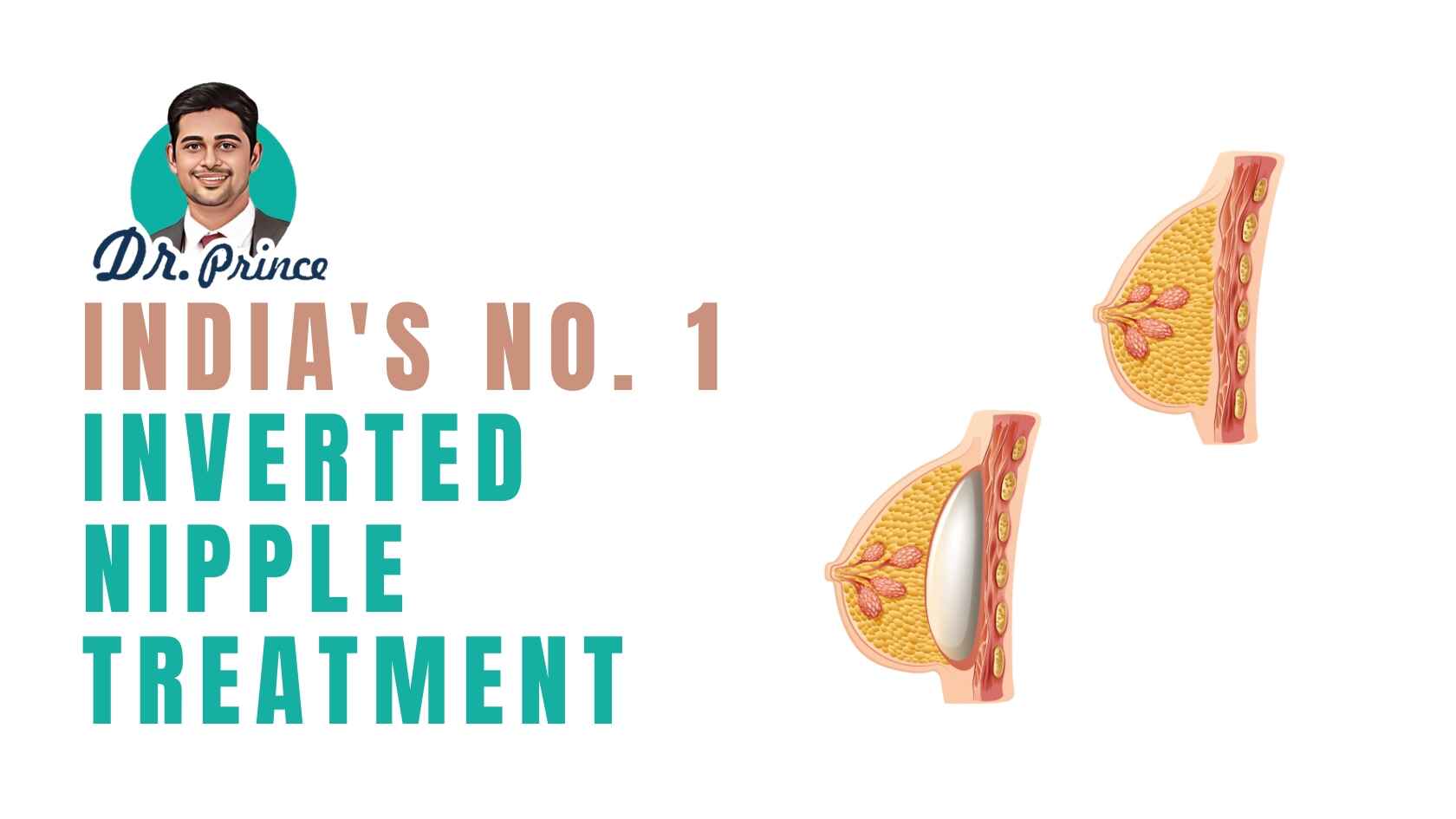Fibroadenoma, a benign tumor of the breast, is frequently encountered in young women across India. Understanding its characteristics, diagnosis, and management is crucial for ensuring women’s breast health.
What is Fibroadenoma?
Fibroadenomas are composed of connective and glandular tissues, typically affecting women between the ages of 20 and 30. They often present as one or multiple lumps in the breast, with sizes ranging from 1 to 5 cm. While most fibroadenomas are harmless, there are variations that may warrant closer attention.
Types of Fibroadenomas:
- Simple Fibroadenomas: These are the most common type and consist of a single tissue type. They pose no increased risk of breast cancer.
- Complex Fibroadenomas: Characterized by diverse tissue compositions, including cysts, calcifications, and enlarged glandular structures, complex fibroadenomas may slightly elevate the risk of developing breast cancer.
Symptoms and Diagnosis
Typically, fibroadenomas manifest as smooth, rubbery lumps with well-defined edges in the breast tissue. While they are usually painless, any changes in size or shape should prompt medical evaluation. Diagnosis often involves physical examination, imaging studies like ultrasound or mammography, and in some cases, biopsy for confirmation.
Treatment Options
In many instances, fibroadenomas may not necessitate immediate treatment, especially if they remain stable in size and do not cause discomfort. However, surgical removal may be recommended if the tumor grows significantly or alters breast shape. Surgical procedures like lumpectomy are commonly performed to excise the tumor while preserving breast tissue integrity.
Prevalence in India:
Fibroadenomas are prevalent among Indian women, constituting a significant portion of benign breast tumors encountered in clinical practice. The incidence of fibroadenomas underscores the importance of raising awareness and promoting regular breast health screenings among young women across India.
Fibroadenomas represent a common benign breast tumor affecting women in India. While typically non-life-threatening, understanding their characteristics, diagnosis, and treatment options is essential for ensuring optimal breast health outcomes. Regular breast self-examinations, clinical evaluations, and timely medical intervention play pivotal roles in managing fibroadenomas and preserving breast health in Indian women.
contact your
Best doctor
If you’re ready to take the first step towards achieving the body you desire, schedule a consultation with Dr. Prince at the Sushrutha Institute of Plastic Surgery in Thrissur, Kerala. Call Elite Hospital at 0487-2436100 or reach out via WhatsApp at +916238944054. Discover how Dr. Prince’s expertise and personalized approach to liposuction surgery can help you unlock the best version of yourself.

What is fibroadenoma?
Fibroadenoma is a benign tumor of the breast composed of connective and glandular tissues. It is common among young women, typically between the ages of 20 and 30.
How prevalent is fibroadenoma in India?
Fibroadenomas are a significant portion of benign breast tumors encountered in clinical practice in India. They are prevalent among Indian women and contribute to breast health concerns in this population.
What are the symptoms of fibroadenoma?
Fibroadenomas often present as smooth, rubbery lumps with well-defined edges in the breast tissue. They are usually painless but may cause discomfort if they grow significantly or alter breast shape.
How is fibroadenoma diagnosed?
Diagnosis of fibroadenoma typically involves physical examination, imaging studies such as ultrasound or mammography, and in some cases, biopsy for confirmation.
Is fibroadenoma cancerous?
No, fibroadenomas are benign tumors and do not pose a risk of cancer. However, there are variations such as complex fibroadenomas that may slightly elevate the risk of developing breast cancer.
What are the treatment options for fibroadenoma?
Treatment options for fibroadenoma include observation if the tumor remains stable and does not cause symptoms. Surgical removal, such as lumpectomy, may be recommended if the tumor grows significantly or affects breast shape.
Can fibroadenoma recur after treatment?
Recurrence of fibroadenoma is uncommon after surgical removal. However, regular breast examinations and follow-up appointments are recommended to monitor for any changes.
How can I reduce my risk of fibroadenoma?
While there are no specific ways to prevent fibroadenoma, maintaining a healthy lifestyle and regular breast self-examinations can aid in early detection and prompt medical intervention if necessary.









